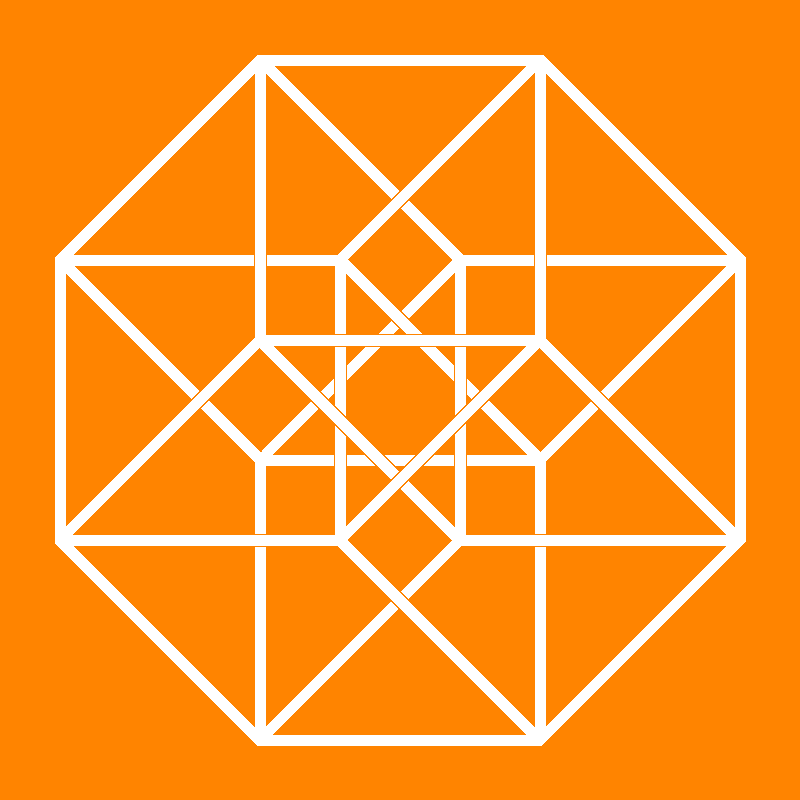
Journal for Geometry and Graphics 11 (2007), No. 2, 137--163
Copyright Heldermann Verlag 2007
Classification and Projective Metric Realizations of Tile-Transitive Triangle Tilings
Attila Bölcskei
Dept. Descriptive Geometry and Informatics, Ybl Miklós Faculty, Szent István University, Thököly út 74, 1146 Budapest, Hungary
bolcskei.attila@ymmfk.szie.hu
Emil Molnár
Dept. of Geometry, University of Technology and Economics, Egry József u. 1, 1111 Budapest, Hungary
emolnar@math.bme.hu
[Abstract-pdf]
The {\it equivariance classification} of tile-transitive triangle tilings ($\cal T$, $\Gamma$) will be given by {\it D-symbols} (in honor of B. N. Delone - M. S. Delaney - A. W. M. Dress) and we shall have 13 non-isomorphic {\it D-diagrams/graphs}. Each of them describes an infinite series depending on the possible D-matrices, i.e., the rotation orders of the vertex classes of $\Gamma$-equivalence. If we have 1, 2, 3 vertex classes, then so-called D-morphisms distinguish the representant tilings (${\cal T}, \Gamma = \operatorname{Aut} {\cal T}$) for Family 1, 2, 3, respectively. Each representant series has the maximal group $\Gamma = \operatorname{Aut} {\cal T}$ as a triangle reflection group, thus we have easy criterion to decide the metric realizability on the sphere $S^2$, in the Euclidean plane $E^2$ and in the Bolyai-Lobachevskyan hyperbolic plane $H^2$ just by the angle sum of the reflection triangle. We shall show further modified realizabilities in the other two projective metric geometries as in the Minkowski plane $M^2$ and in the Galilean (isotropic) plane $G^2$ as well. To this the projective sphere $PS^2$ uniformly models the above planes, endowed by a specific polarity (line$\to$point mapping for orthogonality of lines). This polarity is called also projective metric by the classical analogies, however in a generalized sense here. In this paper we discuss the triangle reflection groups for the maximal representant families, where the reflection lines of triangles are non-isotropic, i.e., a reflection line is not incident to its pole. The other cases will be discussed elsewhere. Computer helps us in realizing these tilings on the screen. The results are summarized in Table 1 and in Figure-series 4, moreover, in Theorems 2.1 and 6.1.
Keywords: Triangle tiling, projective metrics, D-symbol.
MSC: 52C20; 51F15, 51N30
[ Fulltext-pdf (792 KB)] for subscribers only.